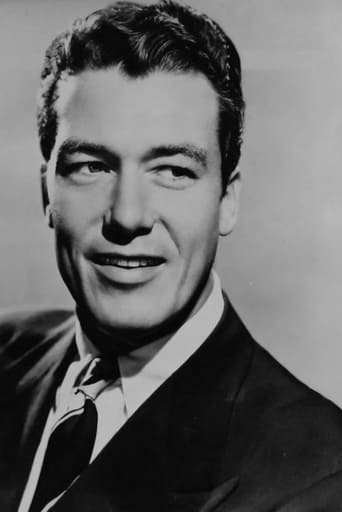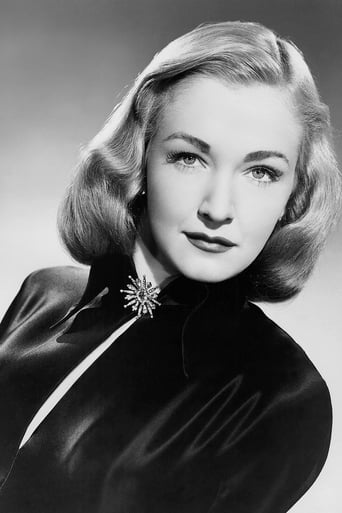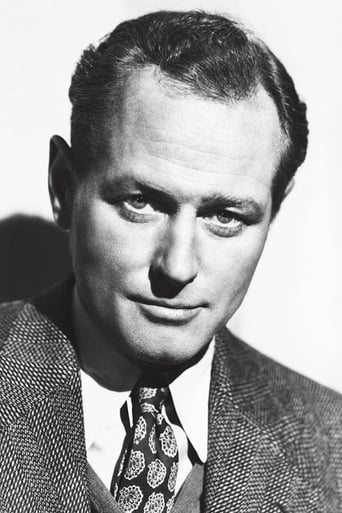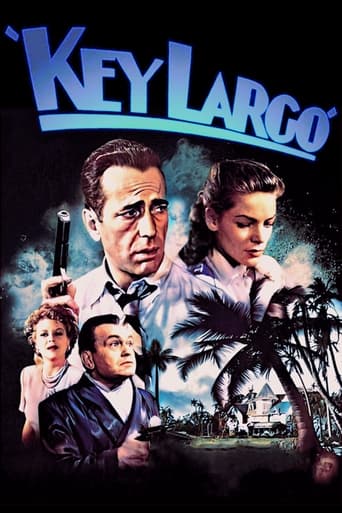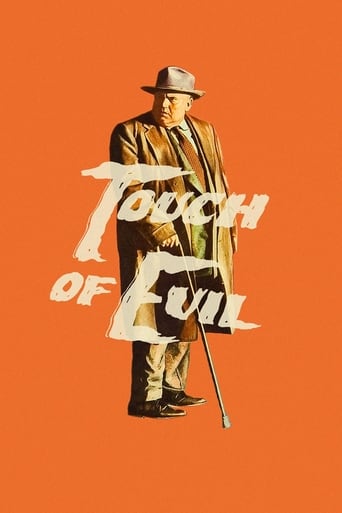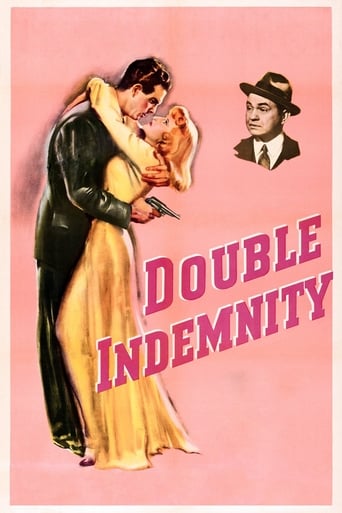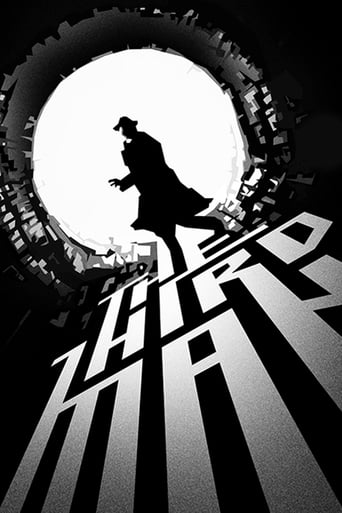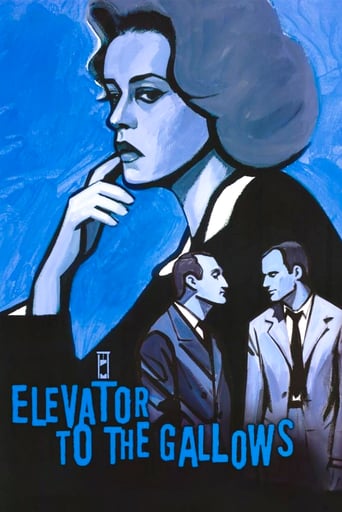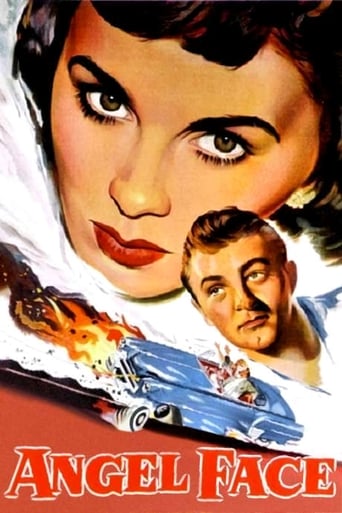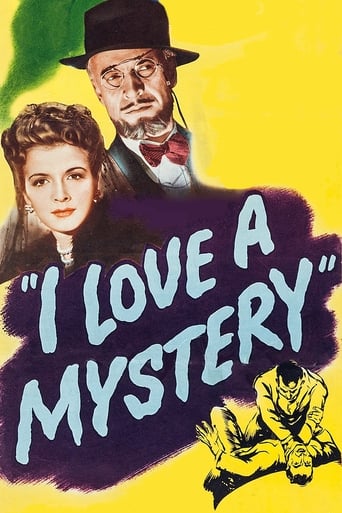
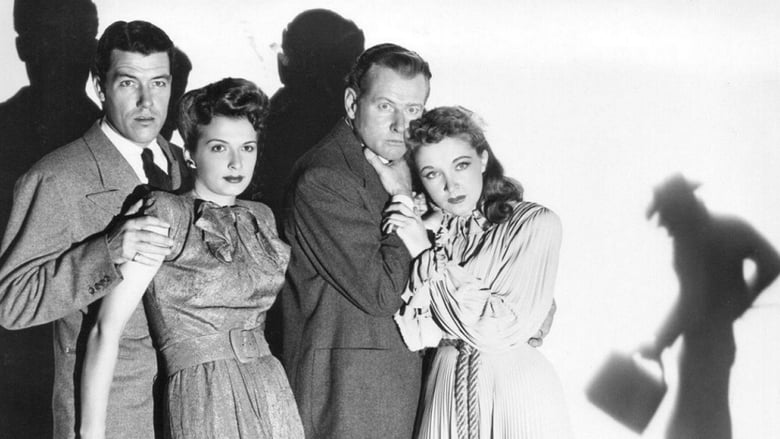
I Love a Mystery (1945)
In San Francisco, detective partners Jack Packard and Doc Long are hired by socialite Jefferson Monk who believes someone is following him with the aim to kill him.
Watch Trailer
Cast
Similar titles
Reviews
hyped garbage
It's a feast for the eyes. But what really makes this dramedy work is the acting.
All of these films share one commonality, that being a kind of emotional center that humanizes a cast of monsters.
This is one of the best movies I’ve seen in a very long time. You have to go and see this on the big screen.
"Oh, the cleverness of me!" I recall as a kid saying that to myself and others when I came up with a smart answer or a particularly good paper in school, and I can just hear the writers of this intelligent but smug mystery saying that as they put their final stamp on the completed script. The first of a three part series of little "B" mysteries is intriguing but bogs down with chatty plot development that takes this down a convoluted road. It starts off fine with the seemingly accidental death of a prominent citizen (George Macready), decapitated in a car accident. Jim Bannon is detective Jack Packard who arrives at the mortuary, not at all surprised by what has happened to Macready. Through flashbacks, a confusing mix of Asian cult religion and marital discord between MacReady and his supposedly wheelchair bound wife (Nina Foch) is examined, taking this into areas that are often morbid, frequently thrilling, but ultimately a tangled mess that tosses the viewer into a state of frenzy.In spite of all this in the state of confusion, there is something to be said for the imagination which went into this, and even if everything is explained in the horrific outcome, it takes a lot of thought afterwords to put it all together. A lot of the characters are not who they appear to be, utilizing disguises, alternate personalities and phony illnesses to achieve a nefarious goal. Other than Bannon, the characters are mostly morally bankrupt, and as the world moved from the end of World War II into a very cynical age, this was appropriately novel in its approach. Like any major piece of modern art, this is to be taken at an individual face value by each viewer as to what they get out of it. For me, it's an impressive attempt for a screenwriter to be very literary but ultimately just drops into a huge abyss where the writer must dig themselves out with the force of volcanic emotion erupting beneath him.
There's a good, exotic little mystery buried somewhere inside the jumbled screenplay and the deadly casting of the two leads—Bannon and Yarborough. Bannon's career shows a competent action hero. Here, however, he brings down his scenes with a wooden style that's unfortunate, to say the least. Note that he doesn't even move his shoulders during his disguised piano playing. Ditto Yarborough's acting style, and whose Dixie accent is supposed to project, I guess, a folksy charm. Together, they're a zero at the heart of events. Maybe a better director could have gotten a livelier performance out of them-- I don't know. Nonetheless, if there's a single reason the series failed to catch on, I expect it's because of this central casting flaw.Fortunately, there're a number of imaginative touches in the 60-minutes that almost redeem the flaws. That false face is truly chilling; the secret society and the missing head add real color; plus, the several plot twists are highly original and unforeseen (at least, by me). Too bad they're buried in a script that's really hard to follow with its many underdeveloped characters shuttling in and out of the meandering narrative.It is a good chance, however, to catch two fine actors, MacReady and Foch, who would combine the following year in the cult classic My Name is Julia Ross (1945). Here, they're not at their best, but still worth watching. I'm just sorry this promising screenplay wasn't sent back for narrative improvements, and maybe a better director. Because the seeds of a first- rate mystery do show through.
The "I Love A Mystery" radio series starred three heroes--Jack, played by Jim Bannon. Doc, played by Barton Yarbarough, and the British Reggie, played by an up and coming American radio voice actor named Tony Randall.The three films that were based on the series starred the original actors who played Jack and Doc--but Reggie was nowhere to be seen. What happened? Maybe Bannon and Yarborough physical appearances resembled their radio voices, but poor Randall didn't and the radio show didn't want him in the movie because it might ruin what listeners imagined what Reggie looked like.Whatever the cause, Tony Randall would have to wait about another ten years or say to get his movie fame,while Jim Bannon and Barton Yarborough would fade to nostalgic obscurity of what-ever-happened-to-land and answers to Trivial Pursuit Games.BTW. in case you're wondering. I liked the movies. They're from an age of long ago when you based movies on pulp stories and radio shows. Cheese, you say? Well, I LOVE cheese! :) Class Dismissed!
It certainly does, and yet that's part of the charm of this incredible (in both senses) film. One wonders how Charles "Blackie" O'Neal went from writing Val Lewton's masterpiece "The Seventh Victim" (also about a secret society hounding someone to suicide) to penning something this utterly silly and unbelievable. It's all too reminiscent of "The Maltese Falcon" the San Francisco setting, the use of an historical secret society for the MacGuffin, even a mysterious villain known as "Mr. G." in ways that only remind one of how much better "Falcon" was as a story and a film. But the cast is excellent (though as usual with these productions. Barton Yarborough's "comic" relief gets trying at times, Jim Bannon is a capable hero and George Macready and Nina Foch show their worthiness for the bigger and better roles they got later), the production values good and the overall atmosphere better than I'd expect from a hack director like Henry Levin. It's one of those movies that throws so many movie clichés at you in such a willy-nilly fashion that in the end it attains a sort of accidental surrealism and (here's why I marked the "spoiler" button) it contains a visualized flashback narrated by a character who turns out to be lying five years before Alfred Hitchcock supposedly innovated that in "Stage Fright."
